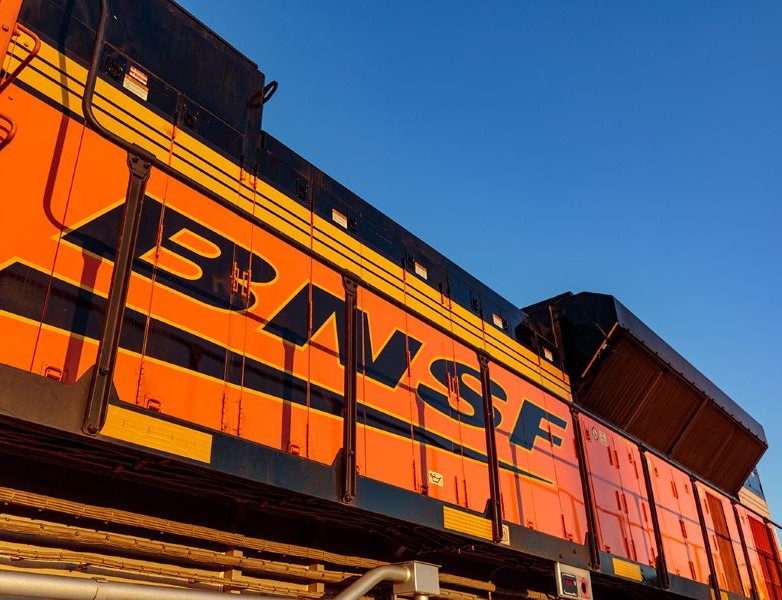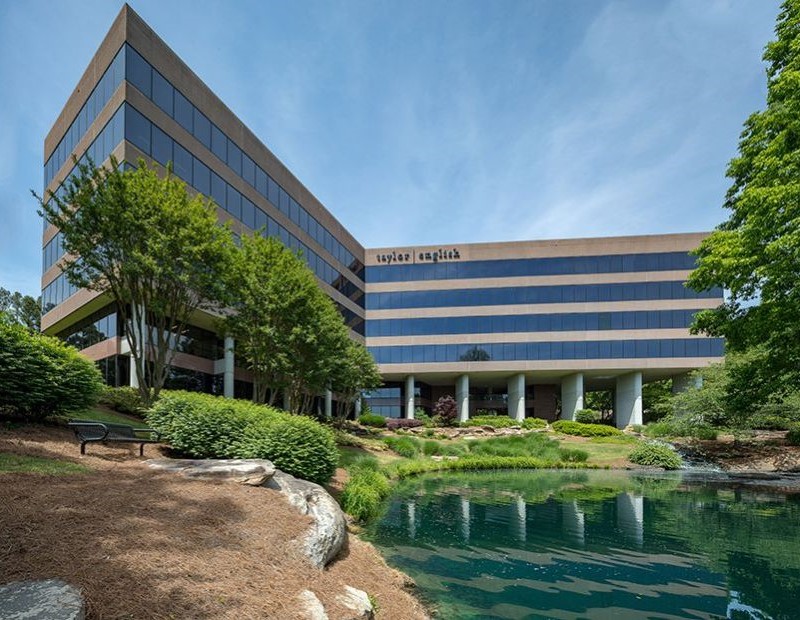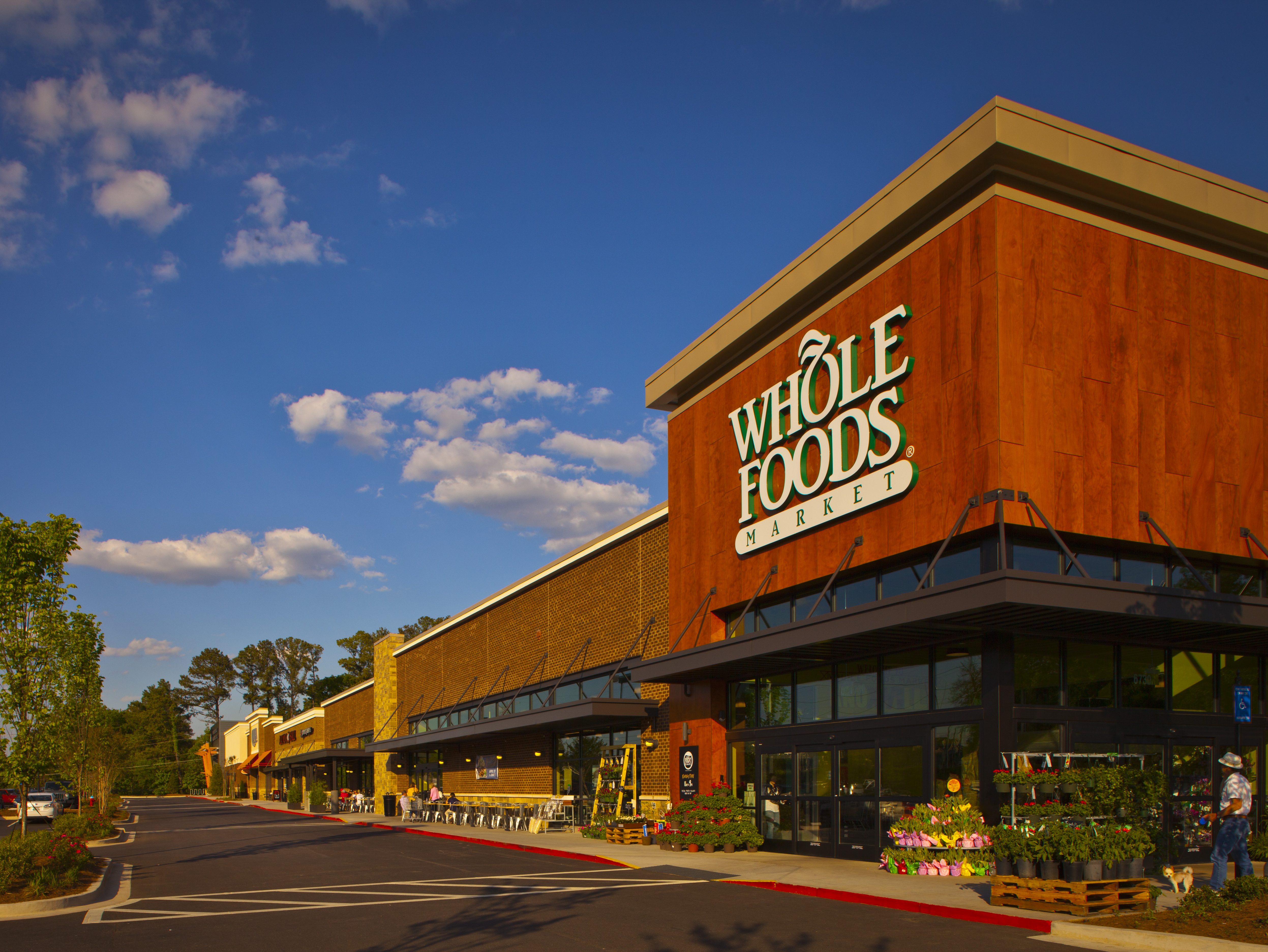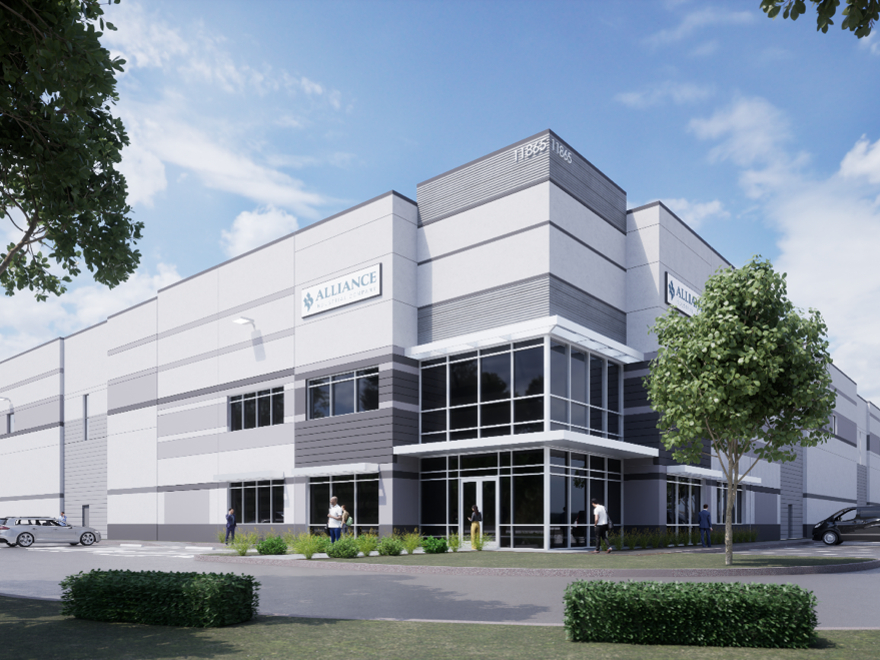Construction Industry Finished Strong in 2016…But What’s Next?
All eyes are on 2017 and many are wondering what’s in store for the construction industry going forward.
By Todd Burns, Americas President, JLL Project and Development Services

2016 was a record-setting year for the construction industry – with modest, but steady growth seen across all indicators and sectors. As a testament to the year’s success, construction spending in the US totaled nearly $1.2 trillion or 4.5 percent more than full year 2015 levels – nearly tripling the GDP inflation rate.
Although it may have been a banner year for the construction industry, a newly elected President brought a degree of uncertainty over the last few months of the year, which has trickled over into the start of 2017. Amid ongoing skilled labor shortages in the industry, building costs saw a modest 2.7 percent year-over-year increase and lumber saw a 9.4 percent year-over-year increase in the face of this uncertainty.
All eyes are on 2017 and many are wondering what’s in store for the construction industry going forward.
New President, new policies
A new President often times means new policies – and change. According to JLL’s latest Construction Outlook, moving into 2017, the construction industry should expect the new administration’s policy decisions to greatly affect how business will be conducted throughout the year and beyond. As immigration legislation, labor laws, union policies, international trade deals and tariffs, and a hesitant industry unfold, a significant impact is almost certain.
What to expect in the near term
Although presidential policies affecting the construction industry will likely get passed earlier in the year, concrete impacts won’t be felt until late 2017. Regardless of when they’re passed, international trade deals, import tariffs, large-scale infrastructure projects and immigration legislation could all have profound influences on how business is done.
Due to the industry’s ongoing skilled labor shortages, wages will continue to rise through mid-year while project timelines and budgets will continue to be negatively impacted.
And with fewer construction loans requested due to some of this uncertainty, large lenders will adjust loan standards to encourage increased borrowing while still reducing risk.
What to expect by year-end
By year-end, slowdowns in the Northeast and West markets will begin to weigh on the national construction industry as a whole, while national firms will turn their focus to the Midwest and South markets, which continue to see sizable construction growth partly due to a strong auto industry in the Midwest.
In addition, the full effect of Washington’s shifting policies will likely be felt across the nation, which could lead to some sizable problems for the industry. Materials costs may rise due to voided international trade deals and new import tariffs and labor costs may rise due to immigration reform and further wage increases. As labor and materials costs continue to rise and firms struggle to maintain sustainable profit margins, owners, developers and builders will be forced to work together differently.
No need to panic just yet
Despite these potential setbacks, there’s no need to panic just yet. The construction industry is still a viable and strong industry – with its three key industry indicators, National Construction Spending, Construction Backlog Indicator and Architecture Billings Index, having grown during the last quarter of 2016. And although we may be faced with some unknowns, we know that the construction and contractor backlog sits at 8.7 months of future work across the board, up 2.2 percent from the fourth quarter last year. The U.S. as a whole posted positive growth, signifying that there’s no national slowdown just yet.







You must be logged in to post a comment.